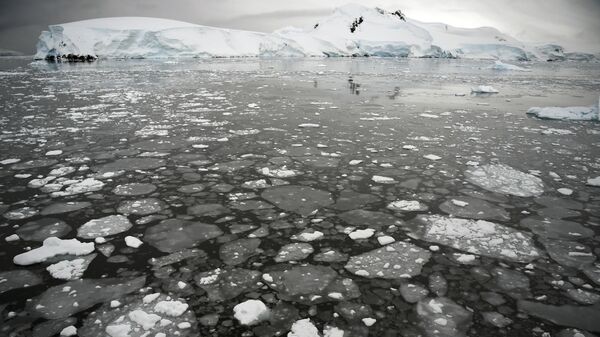Scientists from Michigan Technological University (MTU) have examined the underworld of subglacial Lake Whillans, which looked like an alien planet. In their study published in the journal Global Biochemical Cycles, they revealed that the lake has a surprising amount of organic carbon, a vital source of food for microbes in Antarctica.
Researchers discovered that a pool of dissolved carbon can form in the lake in 4.8 to 11.9 years. As the lake fills and drains, nutrients and organic carbon travel underwater to the Southern Ocean.
"There's no photosynthesis under the ice in the ocean downstream of this lake This limits the available food and energy sources in a way that you wouldn't find in a surface lake or the open ocean. The idea is that these subglacial lakes that are upstream could provide important sources of energy and nutrients for things living in the ice-covered regions of the Southern Ocean", said Trista Vick-Majors, assistant professor of Biological Sciences at MTU and lead author of the study.
Researchers from MTU used a special hot water drill to get through almost one kilometre of ice and then took samples of water and even sent down a camera
Follow us down the SALSA borehole as we go 3500 ft through the Antarctic Ice Sheet into Mercer Subglacial Lake. The UV collar at the top of the borehole irradiates sources of contamination. Once at the lake, we see the transition between the water and the bottom of the ice sheet. pic.twitter.com/af8Yoh8hCM
— Salsa Antarctica (@SalsaAntarctica) January 21, 2019
Vick-Majors said that the study of subglacial lakes will provide insight into how life starts in other parts of the world.
"There is water and there is life under the ice. These can teach us a lot about our planet because this is a great place to look at somewhat simplified ecosystems, without higher levels of organisms. So we can answer questions about life that can be really hard to answer in other places", Vick-Majors said.

